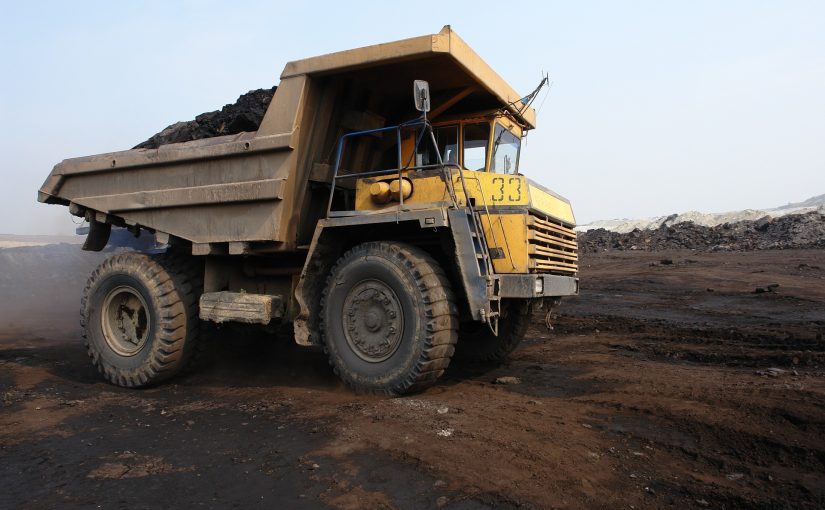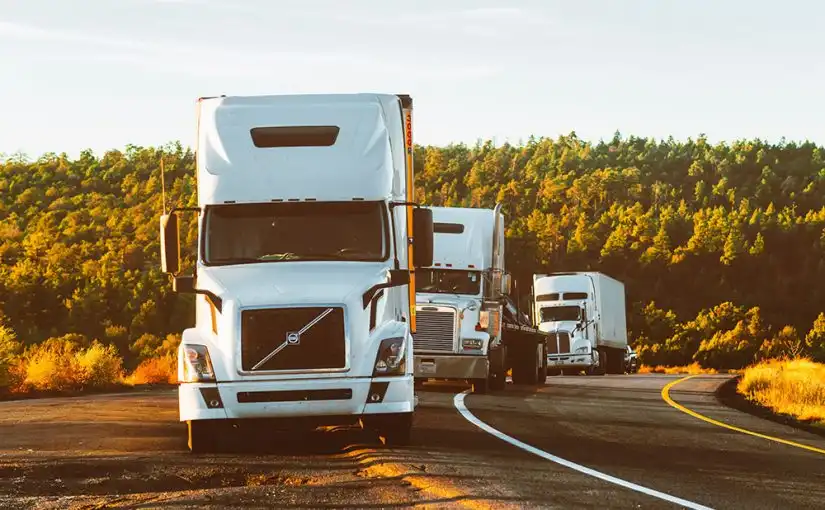Every man, woman and their wistful looking dogs have had their eyes firmly on the wage packets of truck owners and drivers with contracts in the mines over the past six years.
It has taken a massive effort to get those trucks to the outback from around the globe, and despite the slowdown of the boom, those desires of potential workers are not decreasing, says Mining and Construction Consultant Anna Day.
“Never before has Australia seen such a demand for trucks and truck drivers,” says Ms Day.
This has created huge opportunities for those with logistics experience moving heavy vehicles around the globe, and also up-skilling Australians who had never set foot into a truck before. The big demand for trucks and drivers has been in preparation of the earthworks for mine sites and terminals servicing the coal, iron ore and gas exports, and has meant the need for a huge variety of truck types from remote controlled to super-heavy lifters.
We have also seen vehicles never, or until now, rarely used in Australia with the introduction of self-propelled modular transporters, such as those used by Mammoet Australia for the Gorgon LNG Project on Barrow Island. Remote controlled trucks are now slowly climbing and descending underground as well as up and down open cut mines, especially for iron ore in Western Australia, creating new jobs for operators in Perth, but potentially anywhere in the world.
Getting the trucks has been a massive international logistics job in itself, with Australian army logistics experts being hired into the private sector due to their experience moving heavy vehicles to war and natural disaster zones around the globe.
One of the biggest changes has been the employment of large numbers of women driving trucks in the mines, with fairly consistent confirmation from the various mining companies that “women tend to be gentler on the trucks.”
“The drivers need to be patient types. The many female truck drivers I have talked to enjoy the role which consists of 12 hours a day, often five or six weeks on and then two to four weeks off. That’s with no weekend breaks,” Ms Day said.
“The women say they sit in the truck with the music blaring away, not having to think too much. They don’t have to cook or do much cleaning because all the food is provided at the mining camp. There are usually gyms at the mining camp and most are using their wages to pay down their mortgages. Often their partner is doing the same hours, or if their partner is also on a mine site they can get regular, lengthy holidays together.”




